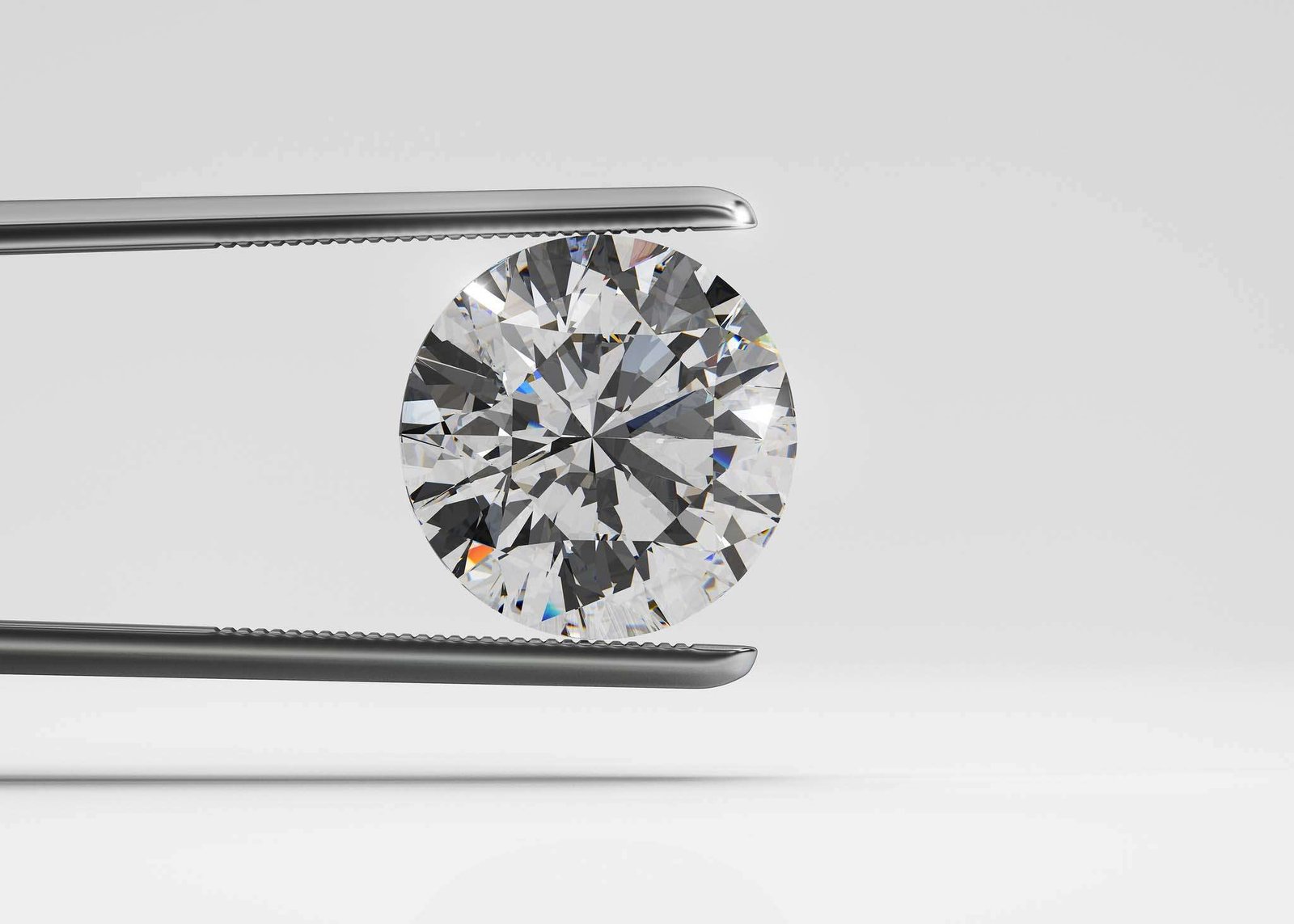
Diamond Education
The world of diamonds is as beautiful as it is complex. We're here to help you make an informed decision before your next purchase.
The 4Cs of Diamonds
In the jewelry world, diamonds are graded upon the 4Cs – Color, Clarity, Cut, and Carat. Each one of these qualities describe important characteristics of a diamond, and give a way to measure its beauty and value.
Below you will find our article that briefly summarizes each of the 4Cs.
For more in-depth information on each respective characteristic, see the guides in the sections below.

Color
Color refers to the absence of color within a diamond. Diamonds come in a range of different hues. Generally speaking, the less color a diamond has, the higher its value.
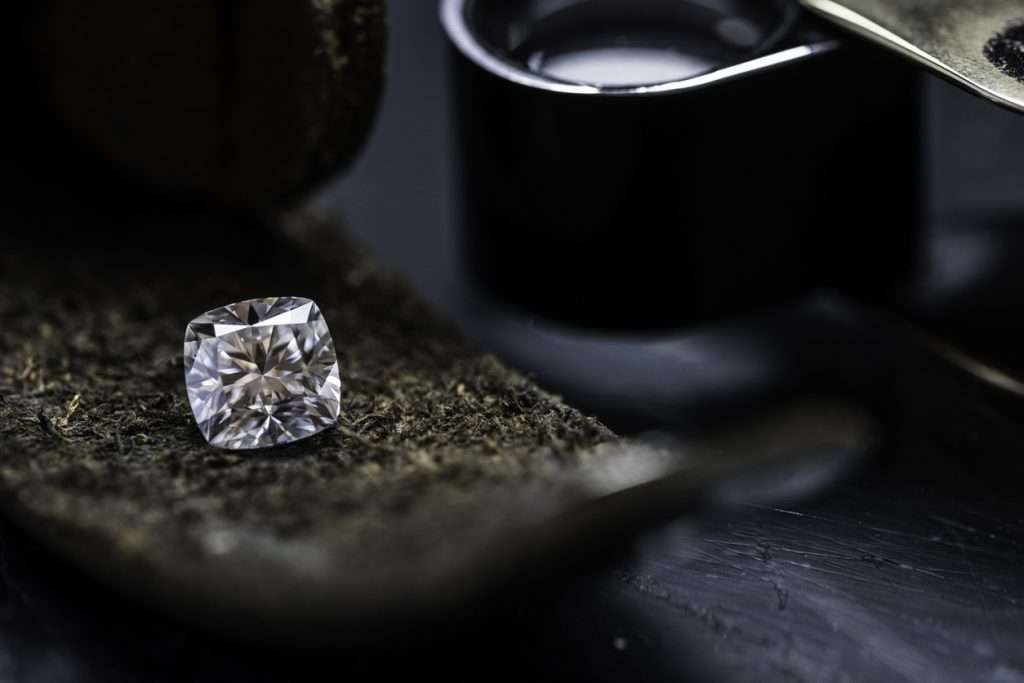
Clarity
A diamond’s clarity refers to the absence of imperfections that may be present within a given stone. The less imperfections, the higher the clarity.
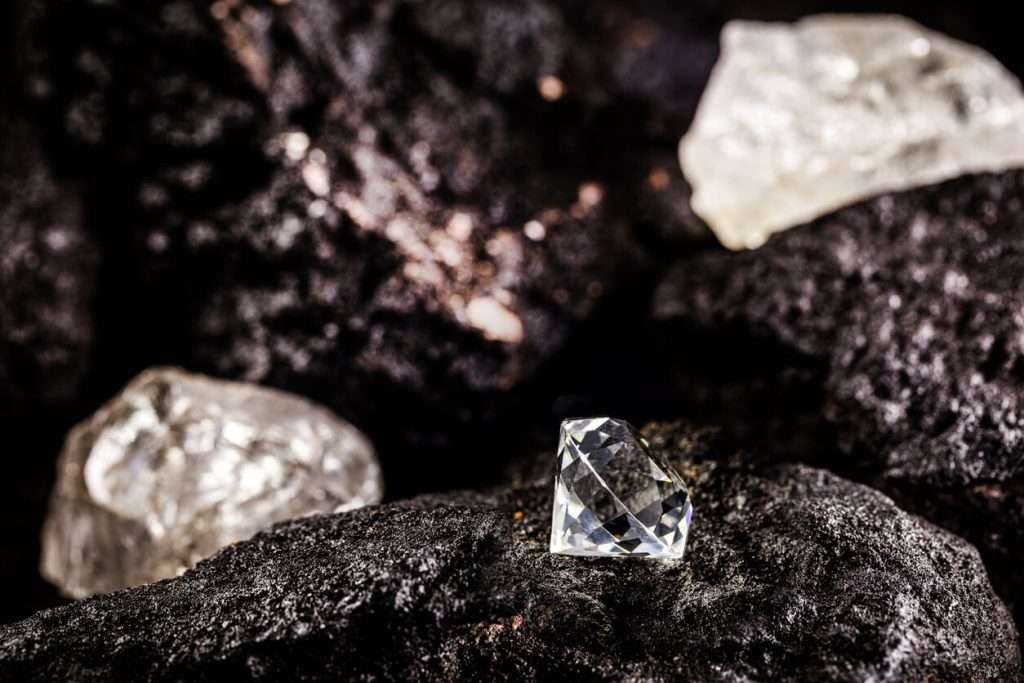
Cut
Arguably the most important C of all, the cut refers to how well a diamond has been faceted to reflect light. This characteristic has the greatest impact in influencing a diamond’s sparkle.
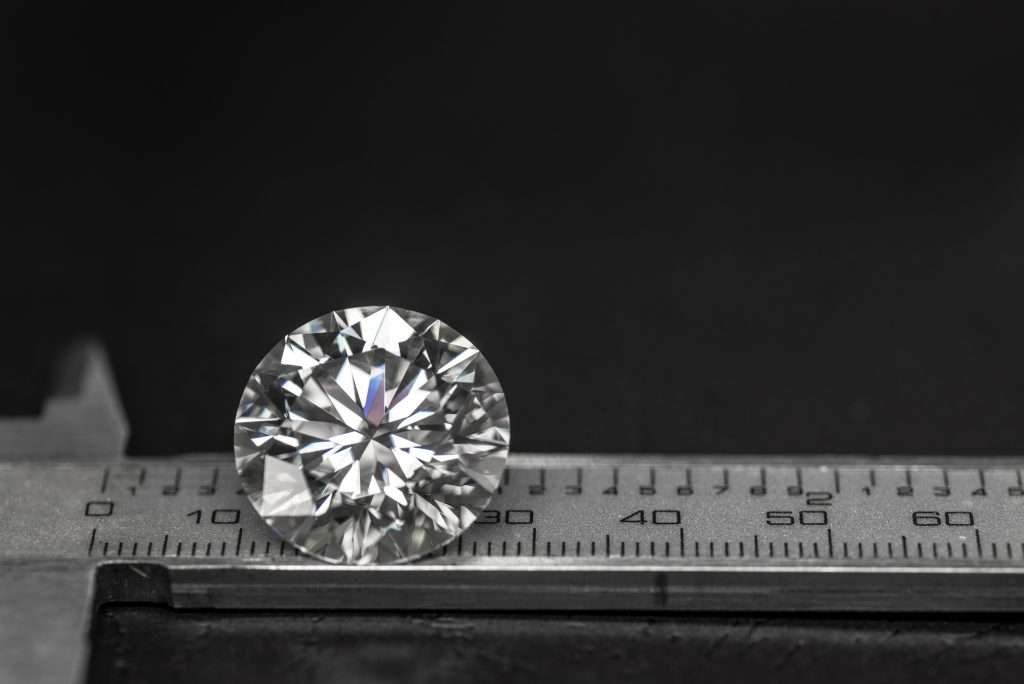
Carat
The carat is oftentimes the first thing that comes to mind when shopping for a diamond. Contrary to popular belief, this term is a measurement of weight, rather than size.
Further Reading
In addition to the 4Cs, there are other factors that may come into play when choosing a diamond. Below are articles for further reading.
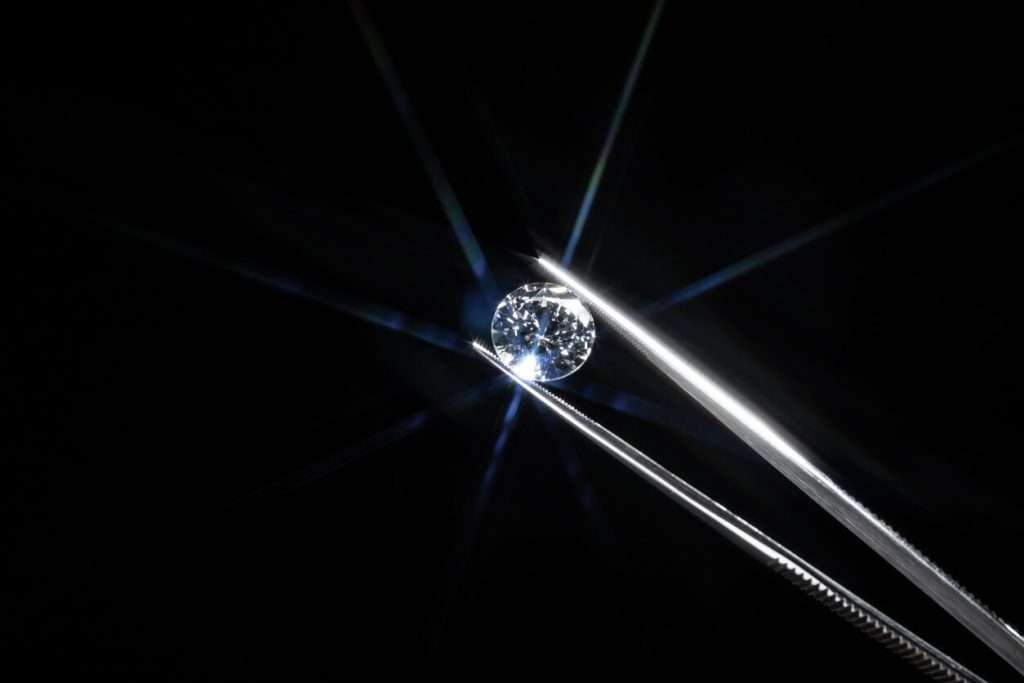
Brilliance, Fire, & Scintillation
Brilliance, Fire, and Scintillation – these three qualities describe the hallmark sparkle that diamonds are known for.
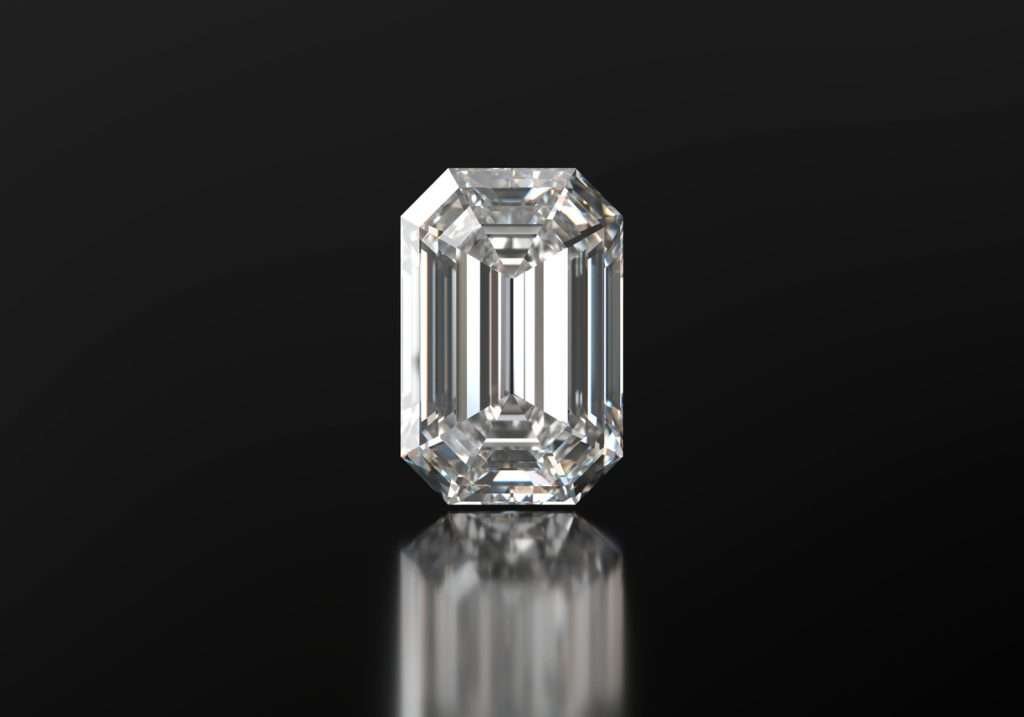
Diamond Shape Guide
A diamond’s shape has a profound effect on the overall aesthetic of a given piece.
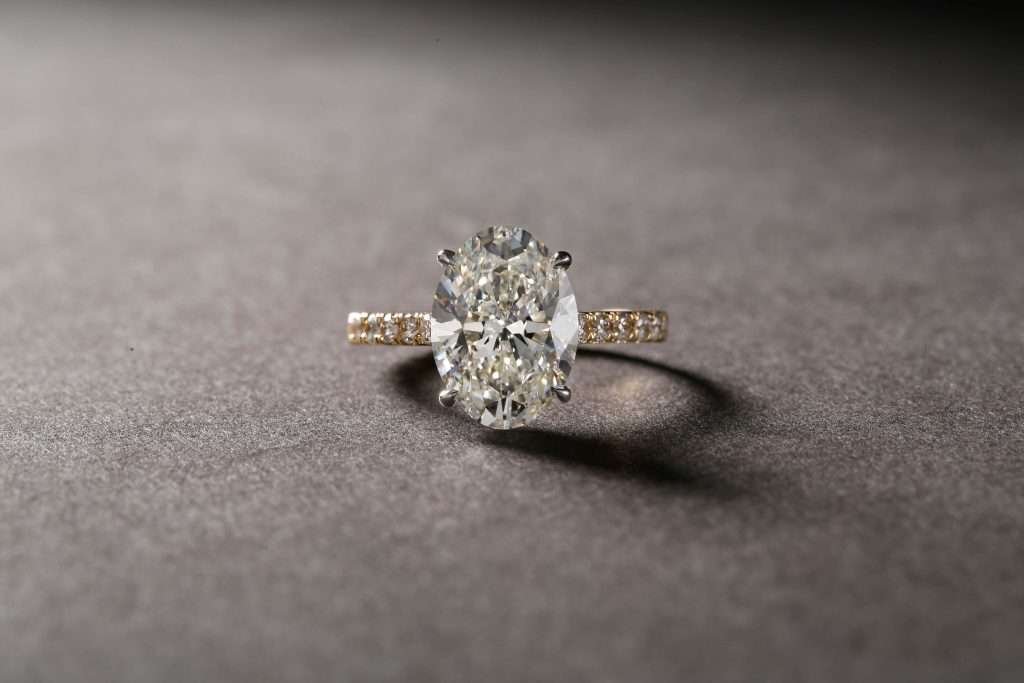
Ring Setting Guide
When it comes to a ring’s beauty, diamonds are only part of the equation – how they’re set on the ring matters too.
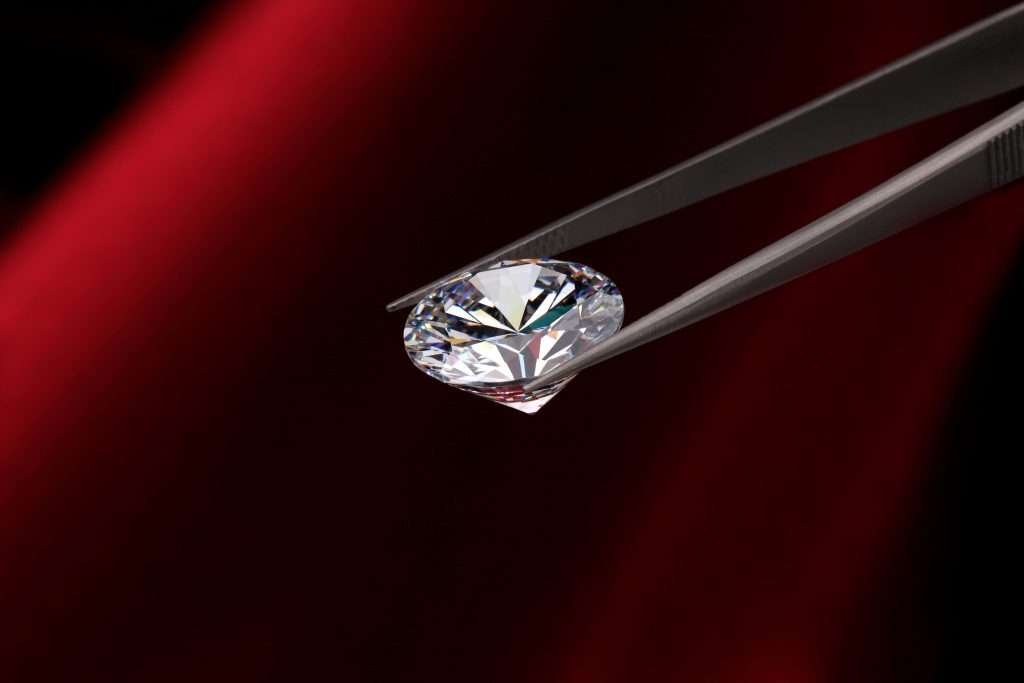
Diamond Anatomy
The form of a diamond is intentionally designed. Explore the anatomy of the various parts of a round brilliant stone.
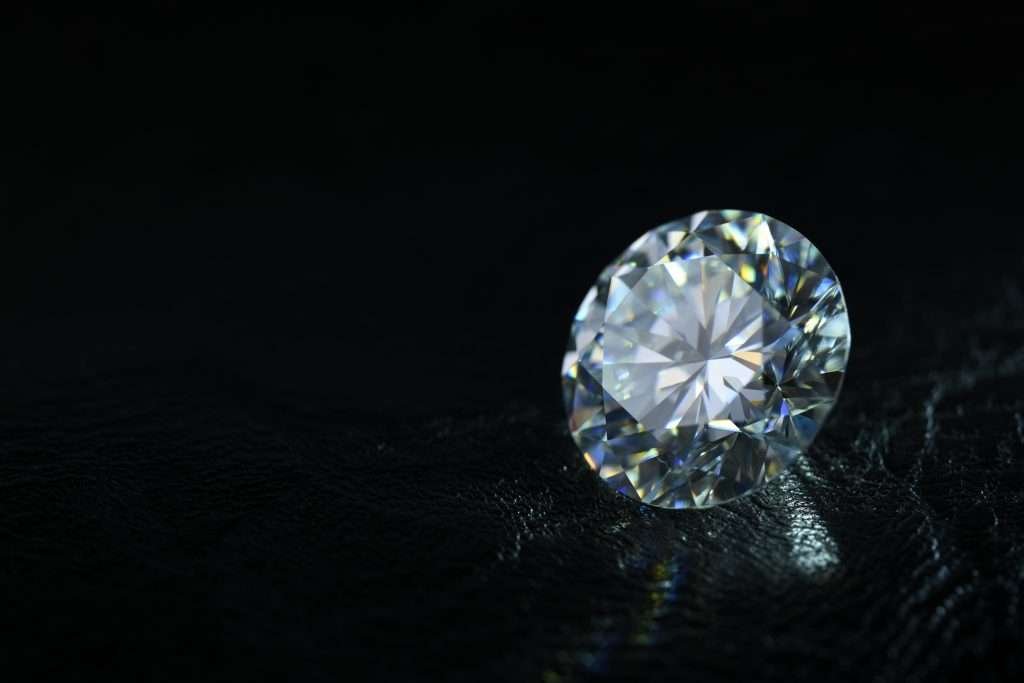
Diamond Fluorescence
An interesting phenomenon, diamonds fluoresce under UV light. Learn about what this means and how it can influence the look of a given stone.
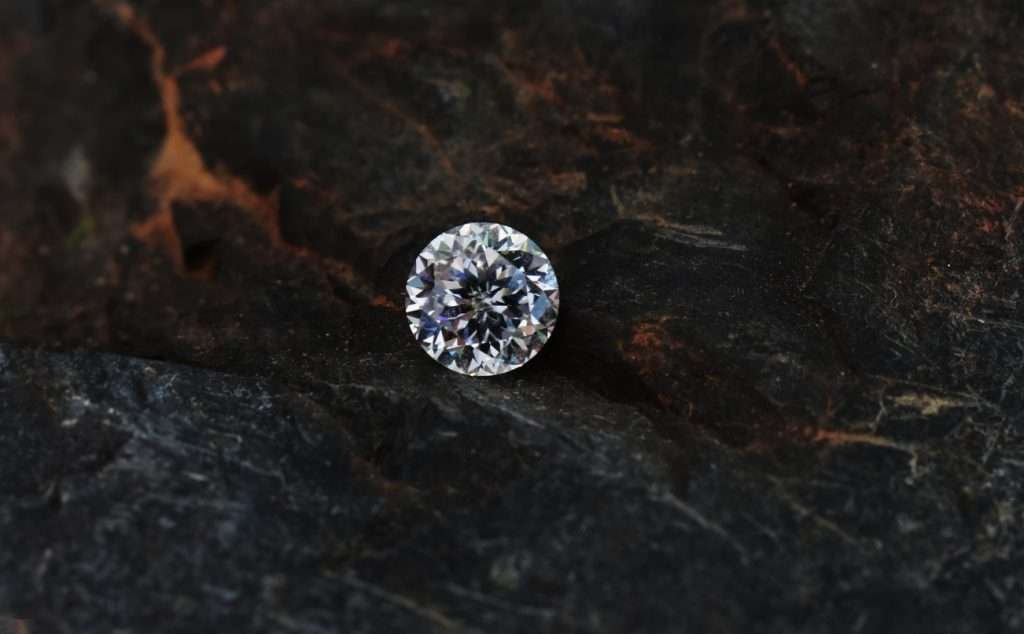
How Diamonds are Formed
Learn about the fascinating journey diamonds take to go from the earth to the showroom.
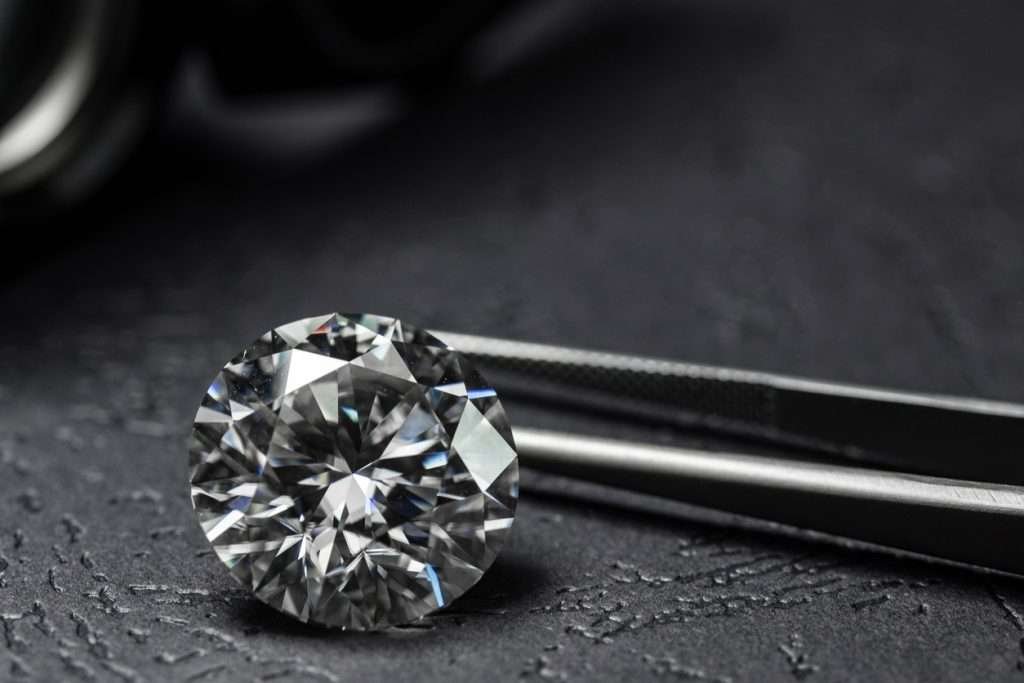

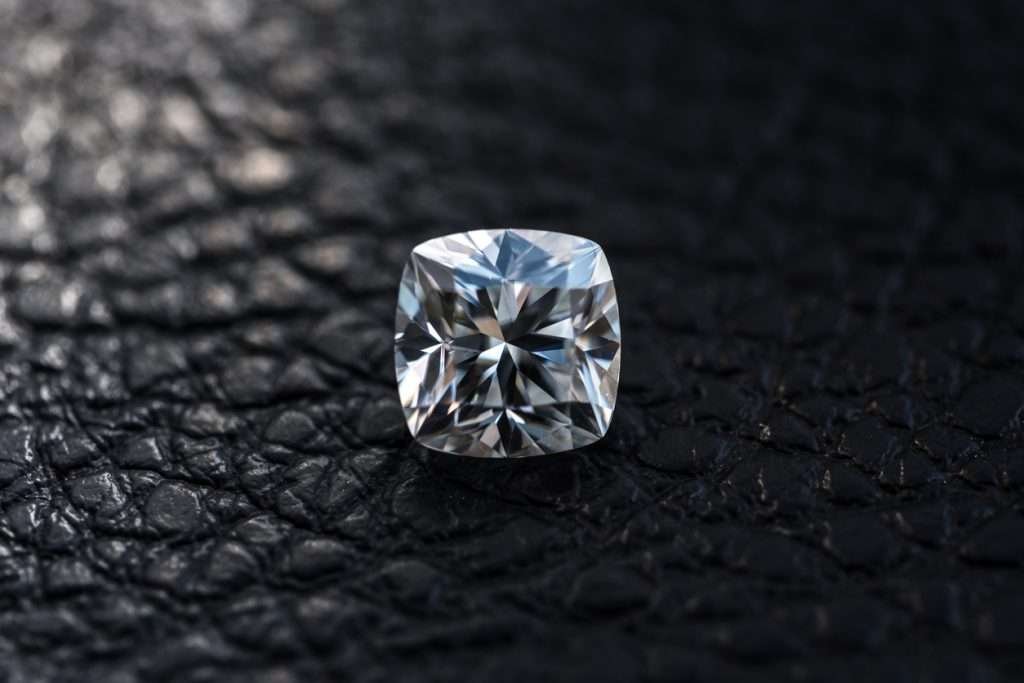
Lab Grown Diamonds 101
Are Lab Grown Diamonds real diamonds? How do they compare to their natural counterparts? Learn all about it in this introductory guide.
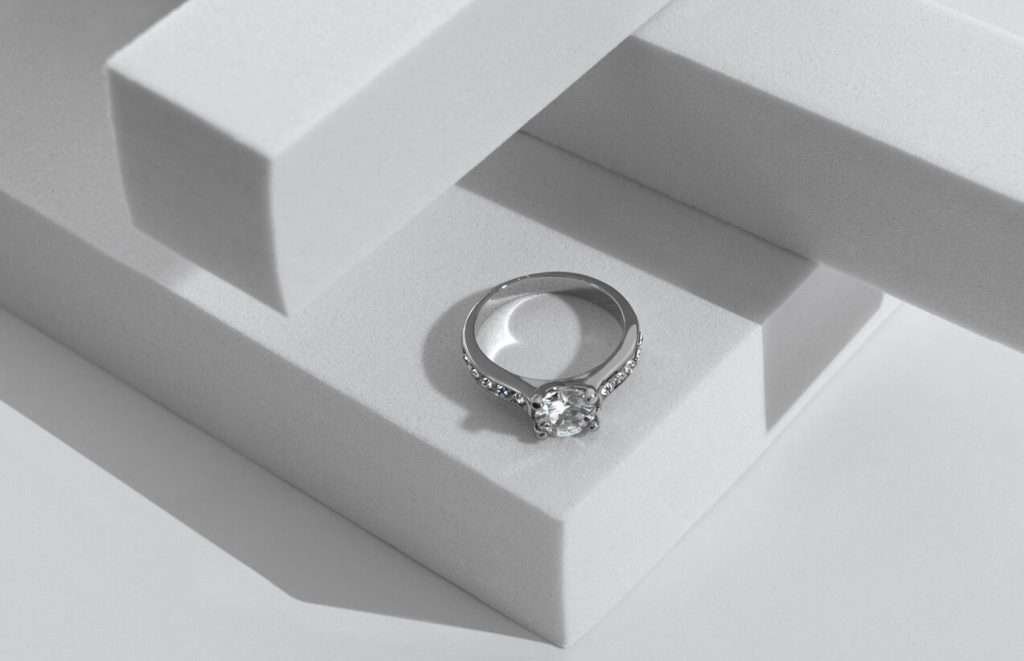
White Gold vs Silver
A detailed guide comparing two popular metals—understand their value, care, and longevity.
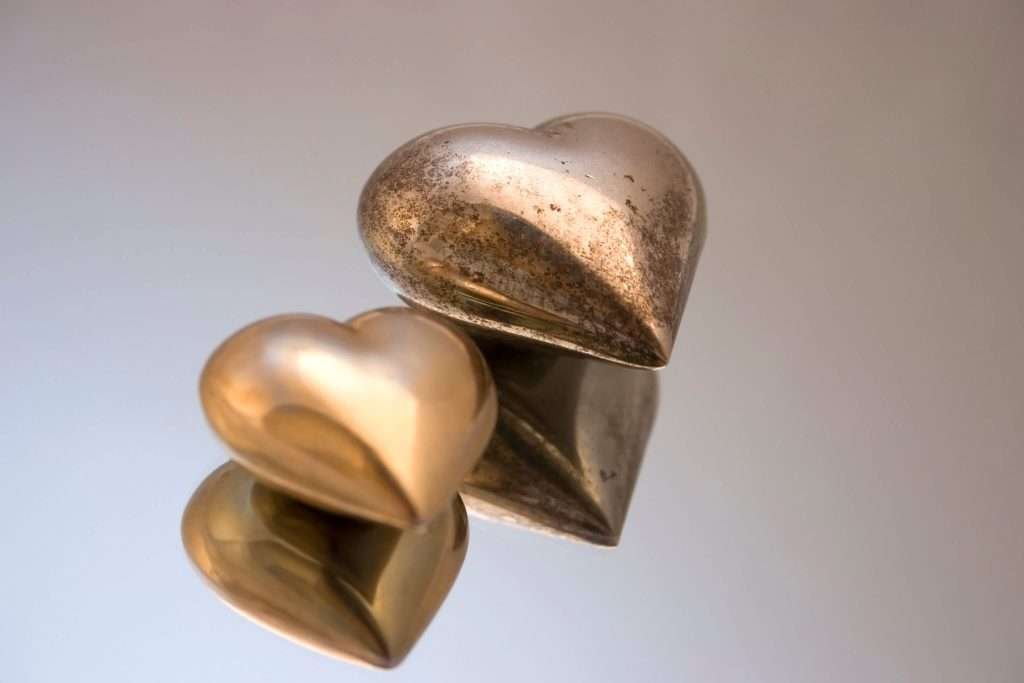
Does Gold Tarnish?
Uncover what really happens to gold over time and get care tips to keep it looking its best.
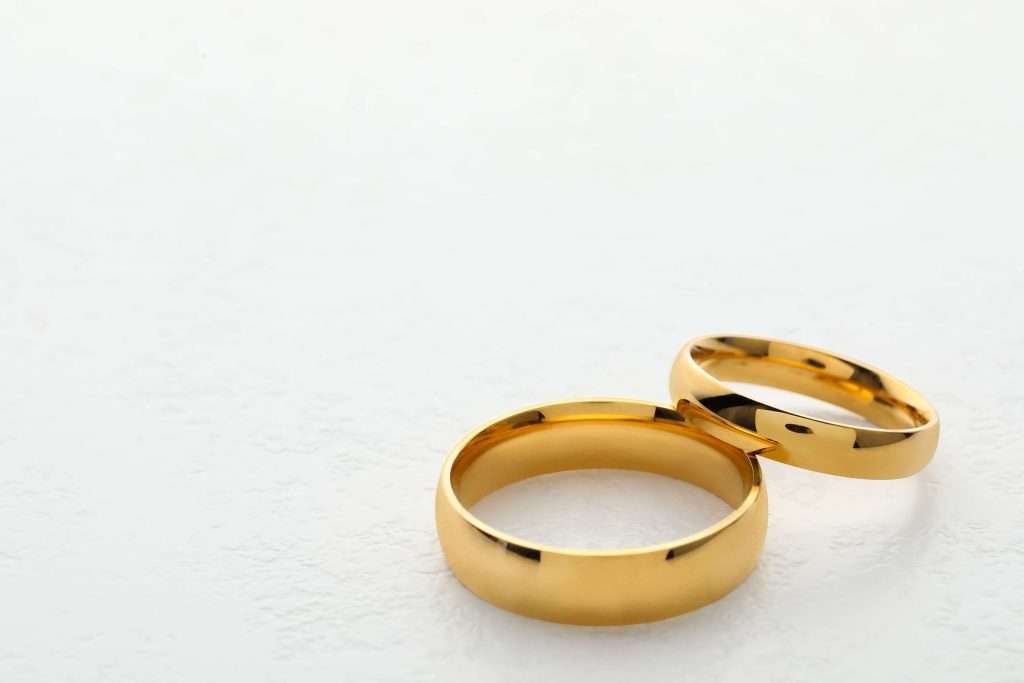
Differences Between Solid Gold, Gold-Filled, Gold-Plated, and Vermeil Jewelry?
Gold jewelry comes in different forms, each with distinct characteristics. Learn more here.
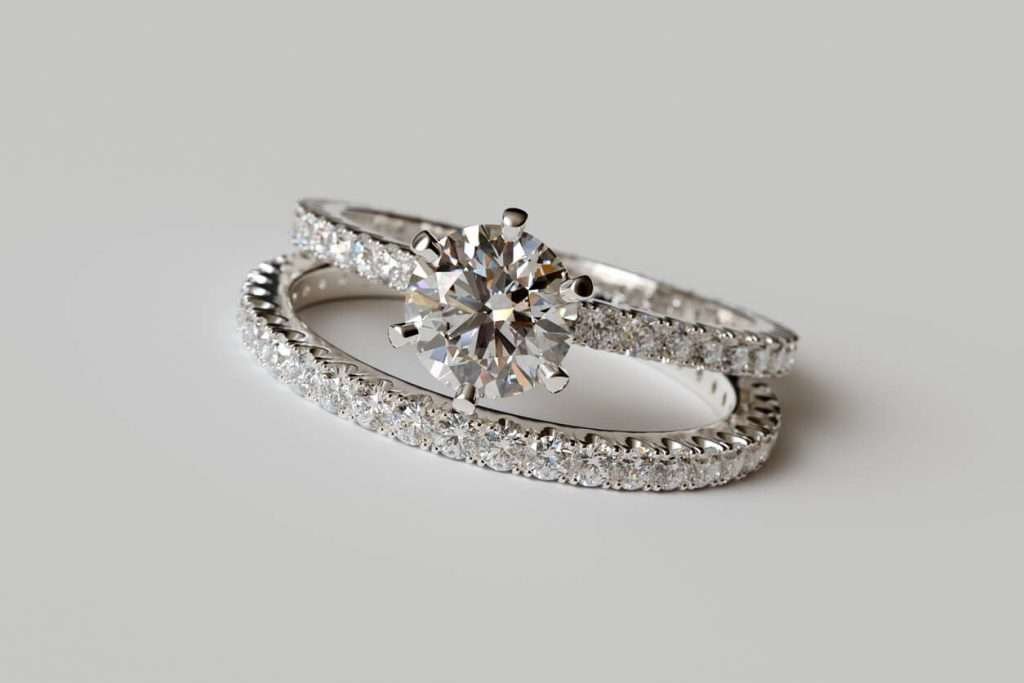
What is Rhodium Plating?
Often overlooked but highly valued, rhodium plays a critical role in fine jewelry. Learn what makes this rare metal exceptional in both function and finish.



